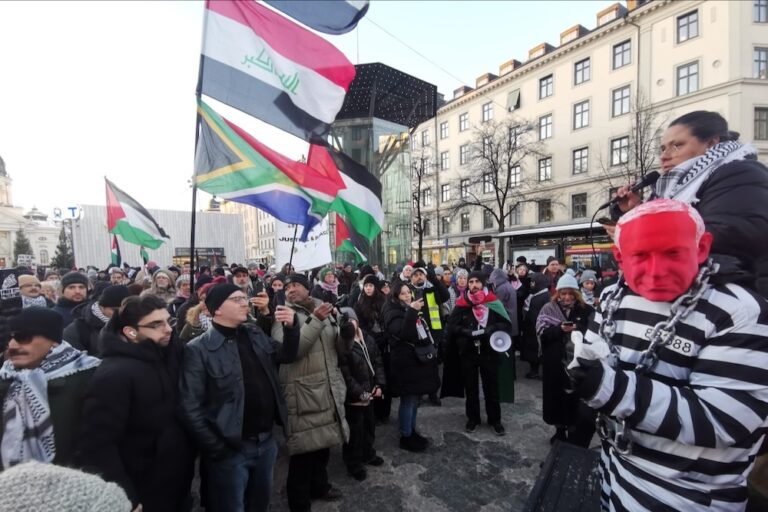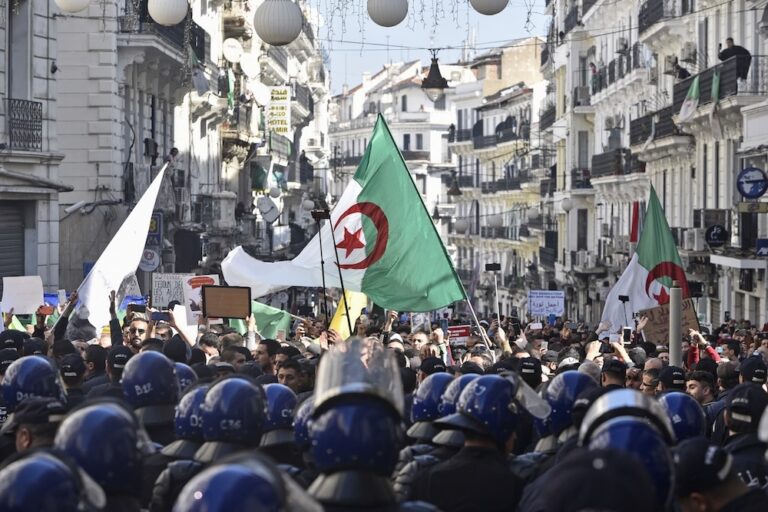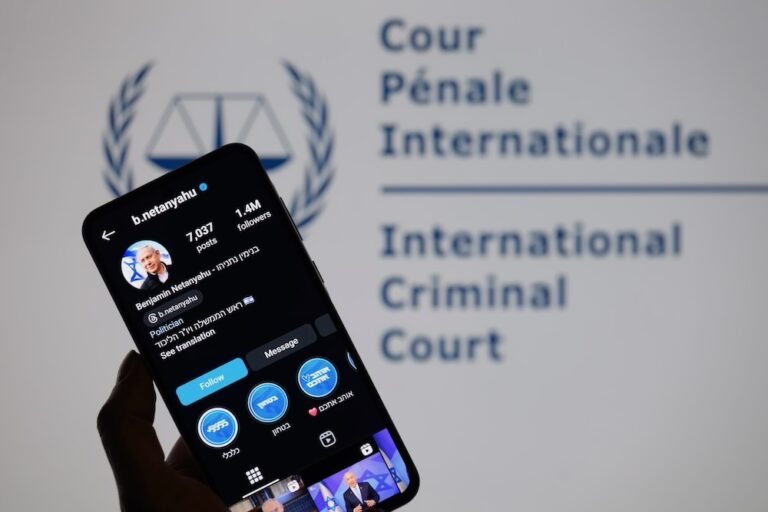Sixty-eight journalists and other media workers were killed worldwide because of their professional activities in 2012, with nearly half of them dying in Syria and Somalia, says the World Association of Newspapers and News Publishers.
(WAN-IFRA/IFEX) – On-going armed conflicts and insurgency make Syria and Somalia the world’s most dangerous places for journalists, according to the annual figures on journalist deaths compiled by the World Association of Newspapers and News Publishers (WAN-IFRA).
Sixty-eight journalists and other media workers were killed worldwide because of their professional activities in 2012, with nearly half of them dying in Syria and Somalia, WAN-IFRA said Thursday.
Sixteen journalists were killed in Syria while fourteen deaths were recorded in Somalia.
The Arab region was, for the second year running, the world’s most dangerous for media professionals, with twenty-three journalists killed. In addition to the Syrian deaths, the toll included three Iraqis, two Palestinians, and journalists from Egypt and Lebanon. In the aftermath of popular uprisings and in the face of brutal crackdowns on dissent, journalists continue to be targeted as they report from the frontlines.
Mexico remains the most dangerous country for journalists in the Western hemisphere, with six journalists killed in 2012, as coverage of organised crime and corruption continue to put journalists in the line of fire. Despite promises to introduce better safety initiatives following a wave of journalist killings, the political will to implement effective measures to protect the media has so far proved lacking.
For an analysis of why and where journalists are under attack, please click here.
The 2012 death toll, released after investigations into all potential media murders, compares with 64 killed in 2011, 66 killed in 2010, 99 killed in 2009, 70 killed in 2008, 95 killed in 2007 and 110 killed in 2006. The full lists can be found here.
Though many journalists are killed covering war and conflict, they are also targeted and murdered in many countries for investigating organised crime, drug trafficking, corruption and other crimes. They are often killed with impunity, with nobody brought to justice in the majority of cases.
“Democracy suffers when journalists are attacked and killed for simply doing their jobs,” said Vincent Peyrègne, CEO of WAN-IFRA. “Worse, when journalists are killed with impunity, a clear message is sent that there is no price to pay for silencing the press. This is dangerous for freedom of expression and deadly for our ability to hold power to account.”
Journalists and other media workers were killed in 20 countries in 2012: Bangladesh (2); Brazil (5); Cambodia (1); Colombia (1); Egypt (1); India (2); Indonesia (1); Iraq (3); Lebanon (1); Mexico (6); Nigeria (1); Pakistan (7); Palestine (2); Philippines (1); Russia (1); Somalia (14) South Sudan (1); Syria (16) Tanzania (1); and Thailand (1).
Several press freedom organisations track the number of journalists killed each year. The numbers vary based on the criteria used by different associations. WAN-IFRA’s figures include all media workers killed in the line of duty or targeted because of their work. It also includes cases where the motive for the killings is unsure or where official investigations have not been completed.


